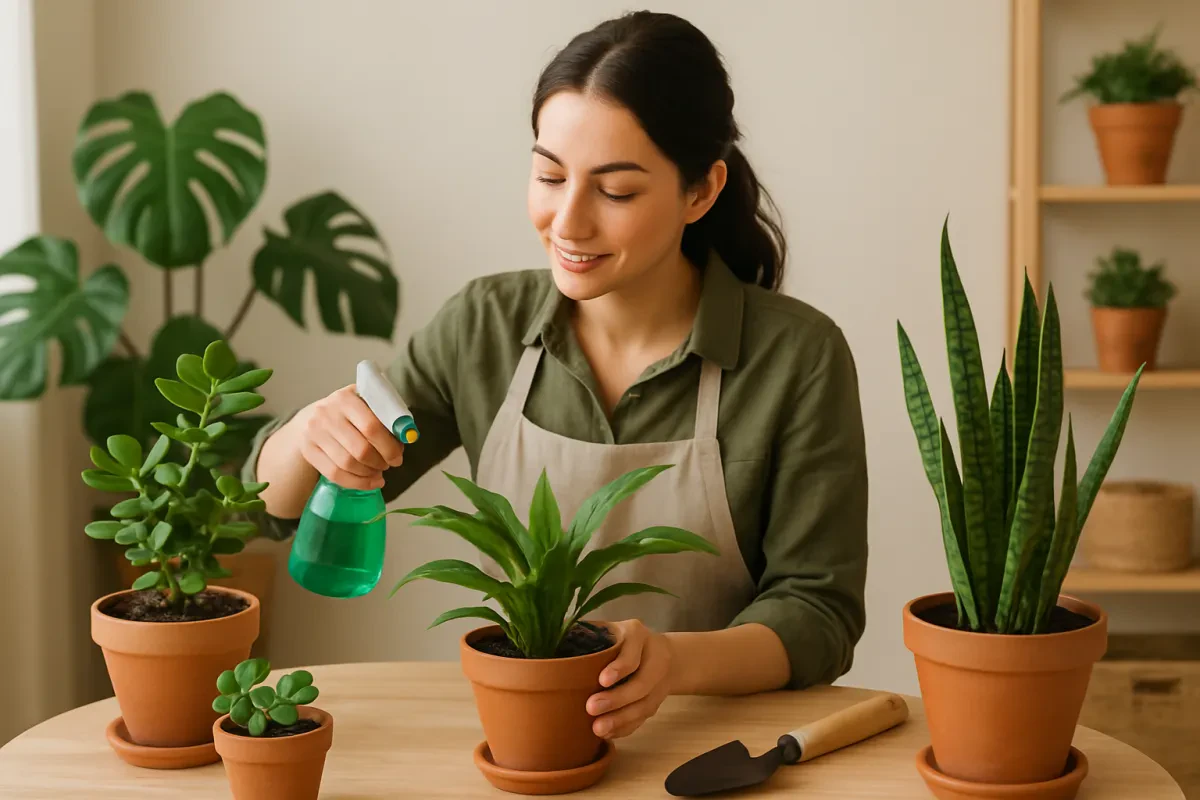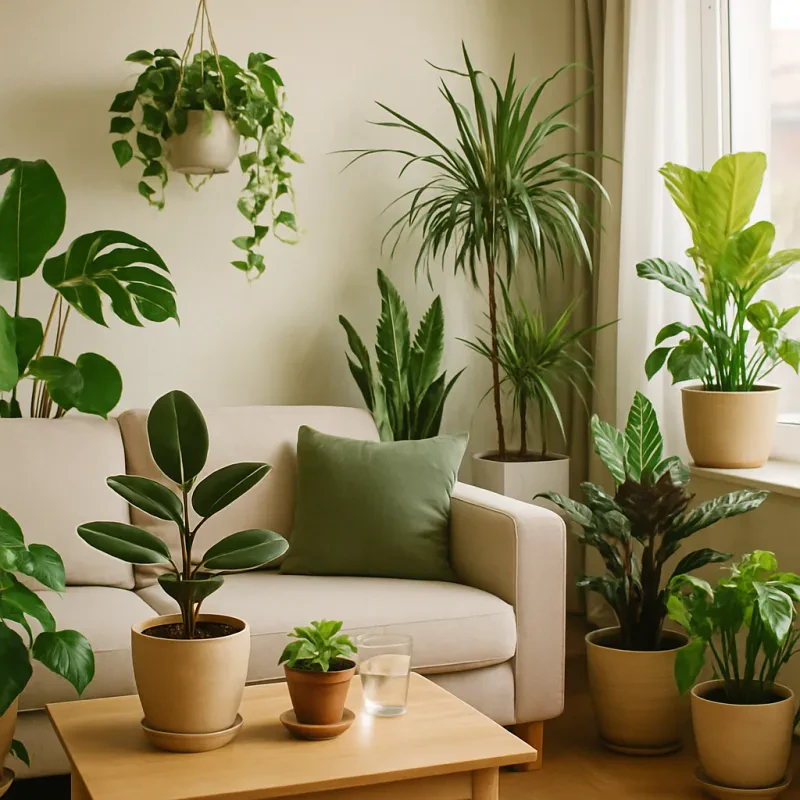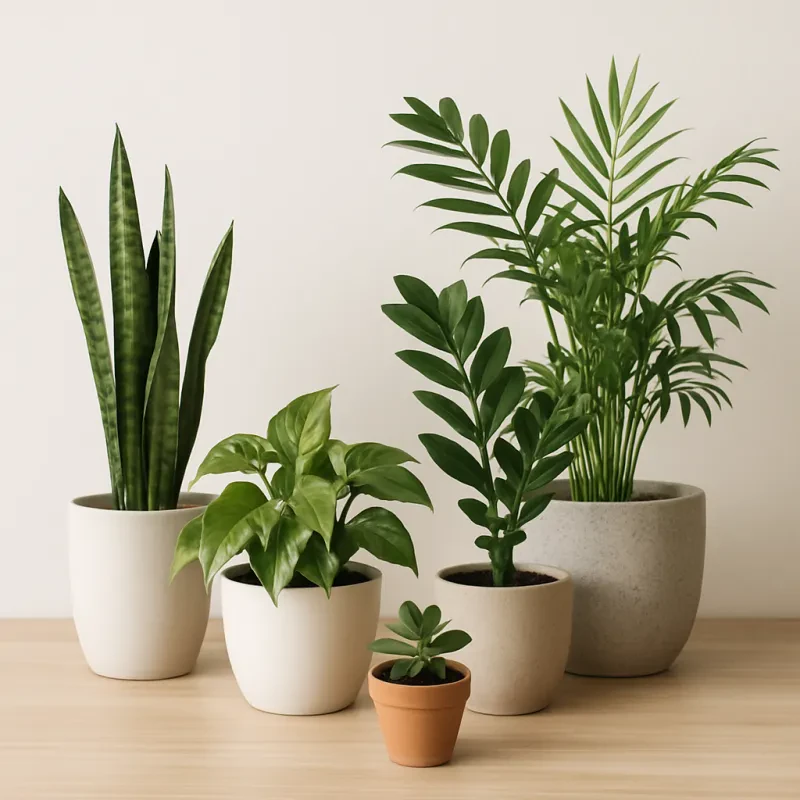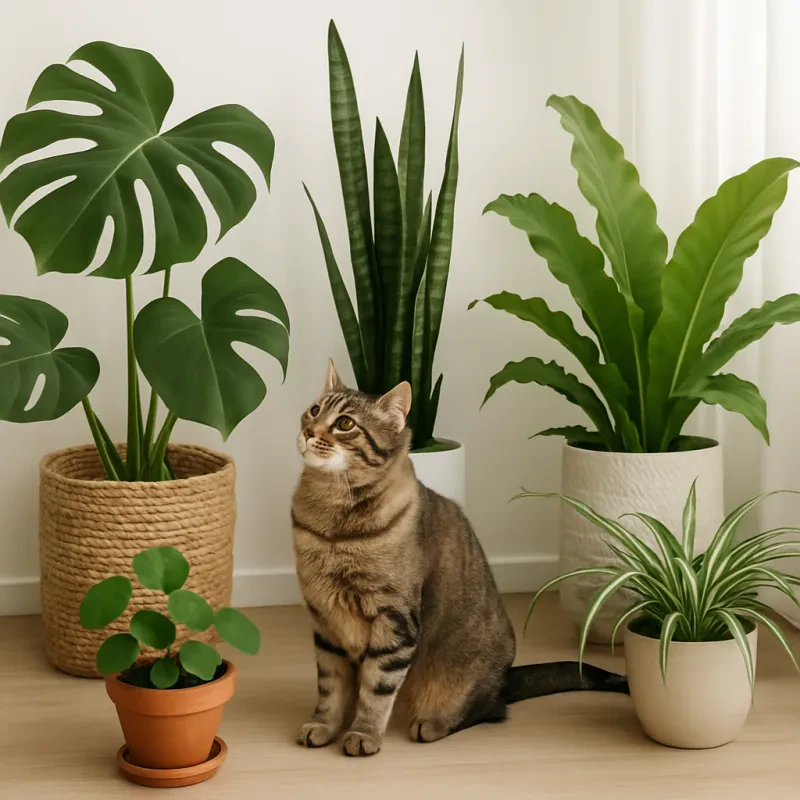The Basics: Understanding Your Plant's Needs
If you're new to plant care, it's important to understand the basic needs of your plants in order to keep them healthy and thriving. Here are the key factors to keep in mind:
Light
Most plants need a certain amount of light to grow and thrive. Some prefer direct sunlight, while others prefer indirect or even low light. Always check the care instructions for your specific plant to determine how much light it needs. If your plant isn't getting enough light, it may start to wilt or its leaves may turn yellow.
Water
While it may seem obvious, watering is a crucial part of plant care. Different plants require different amounts of water, so be sure to check the care instructions for your specific plant. Overwatering can lead to root rot, while underwatering can cause wilting and dehydration. When in doubt, feel the soil - if it's dry to the touch, it's time to water.
Temperature
Just like humans, plants have specific temperature preferences. Some plants prefer warmer temperatures, while others do better in cooler environments. Keep your plant away from drafty areas, direct heat sources, and extreme temperature fluctuations. This will help keep it healthy and comfortable.
Humidity
Humidity refers to the amount of moisture in the air. Some plants require high humidity, while others do better in drier environments. If your plant needs high humidity, you may consider placing it in a bathroom or other naturally humid area. Alternatively, you can invest in a humidifier to create the perfect environment for your plant.
By understanding your plant's basic needs, you can help ensure that it stays healthy and happy. As you become more comfortable with plant care, you can start to experiment with different environments and techniques to help your green friends thrive.
Troubleshooting Common Plant Problems
As much as we love our plants, sometimes they can show signs of distress. Here are some common problems you may encounter and how to troubleshoot them:
Yellowing leaves
If your plant's leaves are turning yellow, it could be due to overwatering, underwatering, or lack of nutrients. Check the soil moisture and adjust watering accordingly. If the soil is consistently moist or waterlogged, reduce watering frequency. If the soil is dry, increase watering frequency. Consider fertilizing your plant with a balanced fertilizer.
Brown, crispy or wilted leaves
Brown, crispy or wilted leaves are usually a sign of underwatering, overwatering or insufficient humidity. Make sure to water your plant enough to keep the soil consistently moist but not waterlogged. If your household is particularly dry, consider investing in a humidifier or placing a water tray near your plant.
Pests
If you notice small insects or webs on your plant, it could be due to pests such as spider mites, aphids or mealybugs. Try wiping the leaves with a damp cloth or spraying them with neem oil, insecticidal soap or a solution of water and dish soap. Be sure to follow the instructions on the product label and monitor your plant closely.
Mushy or rotted stems
If your plant's stems are mushy or rotting, it could be due to overwatering or fungal disease. Check the soil moisture and reduce watering frequency if necessary. If the stem rot is severe, you may need to prune the affected parts and repot your plant in fresh, well-draining soil.
Wilting or drooping
If your plant is wilting or drooping, it could be due to underwatering, overwatering, root rot, or disease. Check the soil moisture and adjust watering accordingly. If the soil is consistently moist or waterlogged, reduce watering frequency. If the soil is dry, increase watering frequency. If the problem persists, check the roots for signs of rot or disease and take appropriate action.
By honing your troubleshooting skills, you'll be able to address plant problems quickly and effectively, helping your green friends thrive.
Tips and Tricks for Successful Plant Care
Plant care can be both rewarding and challenging at the same time. However, with these tips and tricks, you can ensure that your plants thrive and grow to their fullest potential.
1. Choose the Right Plants.
It's important to choose plants that suit the conditions of your home or garden. Take into consideration the amount of sunlight, temperature, and humidity needed for specific plants before purchasing them.
2. Water Your Plants Correctly.
Over- or under-watering your plants can be detrimental to their growth. Ensure that you are watering your plants correctly by monitoring the soil's moisture levels regularly. Be sure to also check the soil's drainage to avoid any root rot.
3. Provide Adequate Light.
Most plants require sufficient amounts of sunlight to survive. However, too much direct sunlight can also cause damage. Place plants in locations that offer the right balance of light, or consider using artificial grow lights if necessary.
4. Proper Fertilization.
Give your plants the proper nutrients they need by using fertilizers appropriate for the types of plants you own. Consider using organic fertilizers, as they are environmentally friendly and better for your soil.
5. Monitor Pests and Diseases.
Keeping an eye out for any pests or diseases that may affect your plants is key. Fungi and insects, such as spider mites or mealybugs, can easily damage plants. Watch out for any signs of trouble and treat as necessary with the appropriate pest control methods.
6. Repotting Your Plants.
As plants grow, they may outgrow their pots, leading to cramped roots and reduced soil nutrient uptake. To avoid this, consider repotting your plants every year or two if necessary. Ensure that the soil mix is appropriate for the plant type, and that the new pot is appropriately sized.
By following these tips, you can ensure that your plants not only survive, but thrive. With proper care, your plants will flourish, and your home or garden will continue to be a beautiful and vibrant place.



